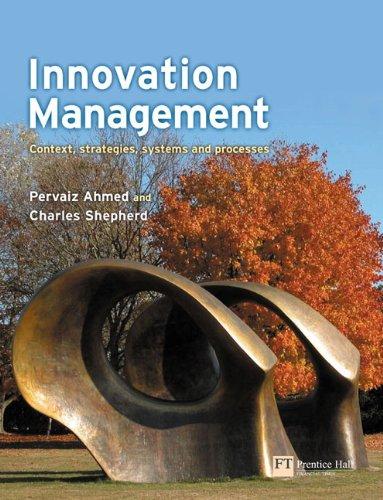Question
Design, implement and characterise a smart-phone based instrument to measure ambient temperature. Background and more details: Smart phones are packed with sensors that make it
Design, implement and characterise a smart-phone based instrument to measure ambient temperature.
Background and more details:
Smart phones are packed with sensors that make it possible to measure a number of other variables that don't necessarily have anything to do with the original purpose of a phone.
Your task is to make use of the onboard sensors available on your smart phone to design an instrument to measure the ambient temperature in an environment (e.g. a room).
"Ambient temperature" is defined as anything between 0 degrees Centigrade and 50 degrees Centigrade, although your design's range can be smaller than this.
Some smart phones have sensors to monitor the temperature of their battery and is used by some apps to monitor ambient temperature. You are not allowed to use this sensor in your design, although this sensor can be used as part of your calibration procedure.
Similarly using existing thermal sensors (e.g. thermistors, RTDs or thermocouples etc.) to measure temperature and importing such a measurement via an electronic interface is also not allowed, since the mobile phone sensors then become redundant in your design. The principal here is that your mobile phone sensors should be necessary for your design to be able to measure temperature.
Note that you are NOT asked to write an app. Neither are you allowed to download an "all-in-one" app that does this whole assignment for you at the press of a button. You are allowed to use an app to RECORD the output of the sensor(s) that you use as base of your design. You HAVE to process the raw sensor outputs in your instrument.
In addition to a thorough design, you'll also have to determine experimentally what your instrument's characteristics are. The following characteristics are important: range, accuracy and precision.
A normal fridge and curing oven will be made available for the testing of your design in the electrical engineering laboratory
Step by Step Solution
There are 3 Steps involved in it
Step: 1

Get Instant Access to Expert-Tailored Solutions
See step-by-step solutions with expert insights and AI powered tools for academic success
Step: 2

Step: 3

Ace Your Homework with AI
Get the answers you need in no time with our AI-driven, step-by-step assistance
Get Started


